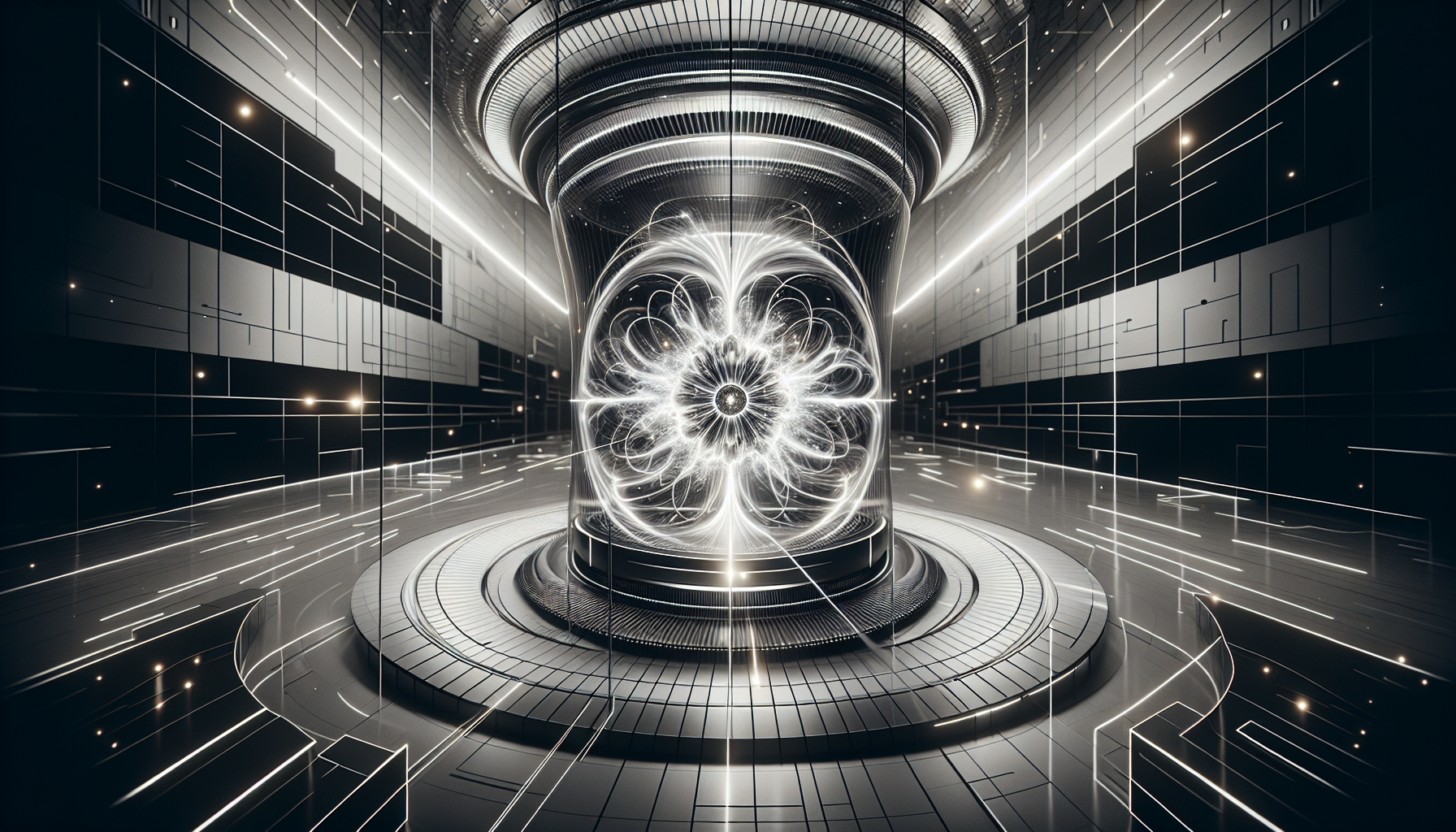A Giant Leap in the Race for Fusion Energy
What if the key to solving the world's energy crisis was a machine no bigger than a shipping container, capable of producing power hotter than the sun? On June 3, 2025, Tokamak Energy, a UK-based startup, brought that vision one step closer to reality. Their ST40 spherical tokamak achieved a record-breaking 150 milliseconds of plasma confinement at over 100 million degrees Celsius. That's ten times hotter than the sun's core-and a major milestone in the quest for clean, limitless energy.
Why 150 Milliseconds Matters
To the untrained eye, 150 milliseconds might sound trivial. But in the world of nuclear fusion, it's a big deal. Plasma confinement is the process of holding a superheated gas-plasma-stable long enough for fusion reactions to occur. The longer the confinement, the more energy you can potentially extract. For a compact device like the ST40, this duration sets a new benchmark, proving that small-scale reactors can achieve the extreme conditions needed for fusion.
Fusion, unlike fission, doesn't split atoms-it fuses them. When hydrogen isotopes combine, they release massive amounts of energy without the long-lived radioactive waste or meltdown risks of traditional nuclear power. The fuel is abundant, the emissions are zero, and the potential is enormous. But the challenge has always been the same: how do you keep plasma hot and stable long enough to make it useful?
The Science Behind the ST40
Tokamak Energy's ST40 is a spherical tokamak, a more compact and efficient version of the traditional doughnut-shaped fusion reactor. Its design allows for stronger magnetic fields in a smaller space, which helps confine the plasma more effectively. The ST40 also uses high-temperature superconducting magnets, which operate at -200C instead of the -270C required by conventional superconductors. This reduces cooling costs and improves energy efficiency.
Reaching 100 million degrees Celsius is no small feat. At that temperature, hydrogen atoms have enough energy to overcome their natural repulsion and fuse. The ST40's magnetic field configuration, combined with its superconducting technology, created the perfect storm for this record-setting confinement time.
Fusion's Global Arms Race
Tokamak Energy isn't alone in the race. Across the globe, companies like Commonwealth Fusion Systems and General Fusion are pursuing different paths to the same goal. Meanwhile, ITER, the massive international fusion project in France, is betting on a much larger toroidal design. Each approach has its strengths-and its skeptics.
Supporters of Tokamak Energy argue that its compact design could dramatically cut costs and speed up deployment. Critics, however, point out that 150 milliseconds is still far from the several seconds needed for commercial fusion. The International Atomic Energy Agency (IAEA) has cautioned that scaling up to continuous operation will require major engineering breakthroughs, especially in materials that can withstand such extreme conditions.
From Lab to Grid: The Road Ahead
Tokamak Energy's CEO, Chris Kelsall, sees the ST40 as a stepping stone. "This result validates our compact spherical tokamak approach," he said, "bringing us closer to delivering clean, affordable energy." The company aims to have grid-scale fusion power by the early 2030s. That's ambitious, but not impossible-especially with momentum building across the industry.
Next steps include extending confinement times, improving energy efficiency, and integrating advanced materials that can survive the harsh fusion environment. The company plans further tests throughout 2025, with the goal of pushing the boundaries even further.
Why This Breakthrough Matters
Fusion has long been the holy grail of energy. It promises a future where power is clean, safe, and virtually unlimited. But for decades, it's remained just out of reach. Tokamak Energy's achievement doesn't mean we've arrived-but it does mean we're getting closer. It's a signal that fusion is no longer just a dream for the distant future. It's becoming a race we might actually win.
And in a world increasingly desperate for sustainable solutions, that's a race worth watching.
